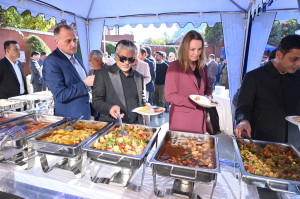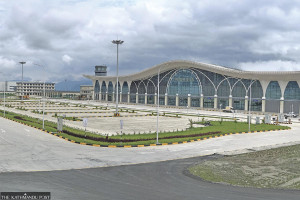Culture & Lifestyle
Seven days of scenic bliss in Meghalaya and Assam
The trip revealed two sides of paradise—nature’s generosity and tourism’s greed. Between breathtaking hills and costly tickets, we found joy somewhere in between.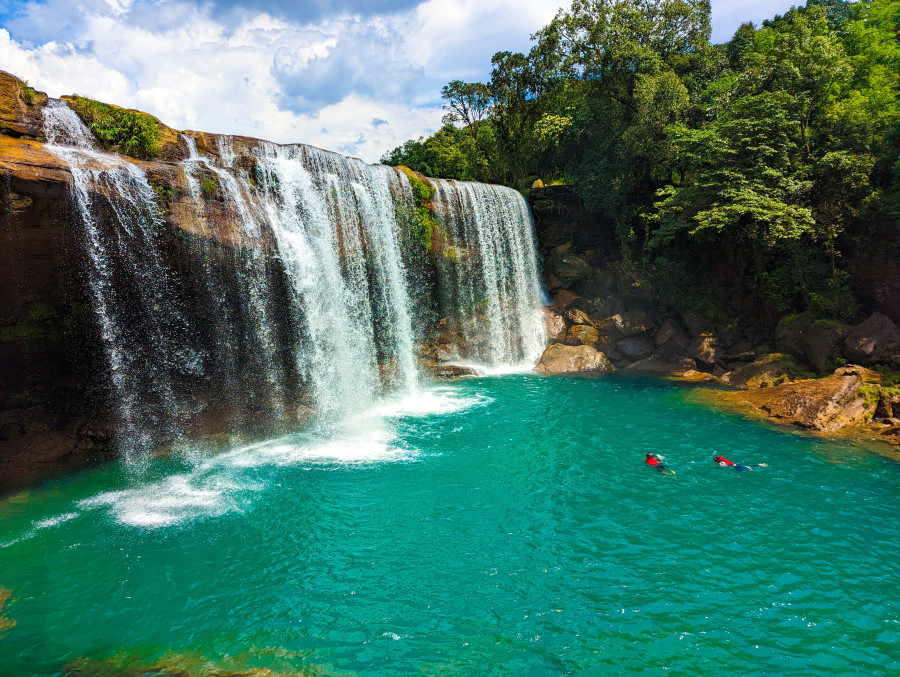
Sanskriti Pokharel
Finally, after a year, I reunited with my family in Itahari for Dashain. The festival brought joy, laughter, and a sense of togetherness I had missed. Soon after, we planned a trip to Assam and Meghalaya, eager to explore new landscapes and soak in nature’s beauty.
Our journey began at 6 am with the Vande Bharat Express from Siliguri to Kamakhya station in Guwahati. At the railway station, I witnessed two worlds collide. The rich moved easily, dressed neatly, sipping coffee, lost in comfort. The poor were sleeping on the cold, rough floor, trying to get some rest.
Before boarding the train, I had imagined it to be old, crowded, and noisy. Instead, the Vande Bharat Express was futuristic, sleek, and spotless. Launched in 2019, it combined style with convenience. Digital systems and touchless amenities made the journey easier.
The train was fully air-conditioned with plush seating, spacious cabins, and clean interiors. Breakfast was served promptly and was surprisingly delicious. The five-hour journey was smooth, relaxing, and comfortable.
As we reached Kamakhya station, Guwahati reminded me of Kathmandu. Hills surrounded the city, blending into a bustling, vibrant urban scene. The streets were crowded, with honking cars, rickshaws, and pedestrians. Located on the southern bank of the Brahmaputra River, Guwahati combines low-lying plains with the rising foothills of the Shillong Plateau. Forested hills rise within the city, housing the famous Kamakhya Temple.
We took an auto to our hotel, located in front of the temple gate. Kamakhya Temple is one of the 51 Shakti Peethas in India. The sanctum sanctorum is said to house the yoni of Goddess Sati, symbolising feminine power and fertility.
Standing at the temple premises, my family and I felt a deep sense of reverence. Yet we were surprised by the system inside.
Visitors must buy a VIP ticket costing INR500 to visit the main shrine. The queue moves slowly, with people lining up from 3 am. Since we had a long journey ahead, we offered our prayers at the temple premises, feeling that our visit still held meaning.
The next morning, we set off for Meghalaya, often called the ‘abode of clouds’. As we crossed Assam and entered Meghalaya, the scenery transformed dramatically. The landscape is elevated, with high hills like Khasi and Jaintia dominating the horizon.
Steep slopes, deep valleys, caves, cliffs, and dense forests created a dramatic and scenic panorama. Rivers gushed down from the hills, waterfalls glittered in the sunlight, and every turn of the road revealed lush greenery.
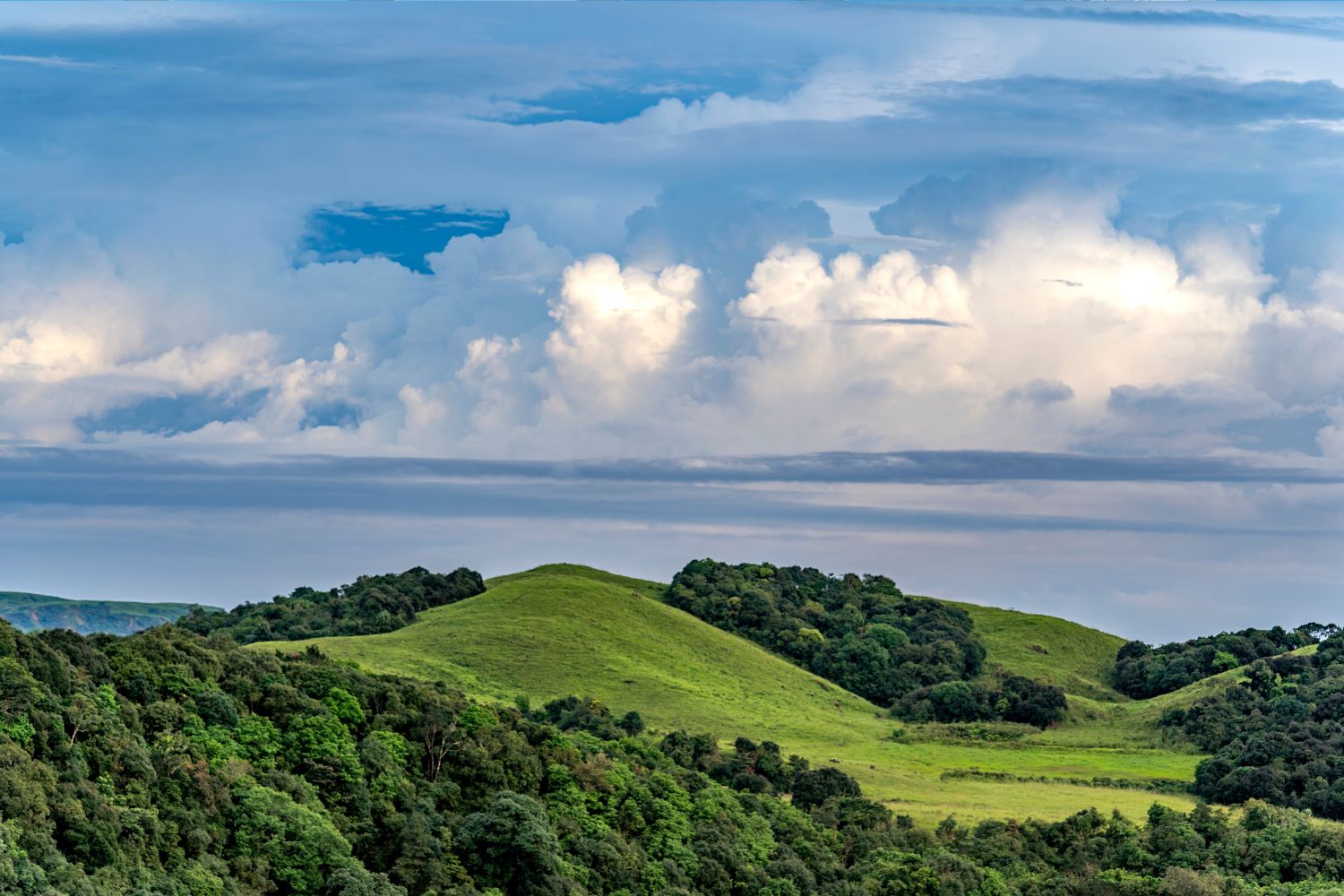
Unlike Guwahati, I noticed women running almost all kinds of businesses, from tea stalls to vegetable and meat shops to restaurants. It became clear why Meghalaya has a matrilineal society. Power and land are passed from mothers to daughters, giving women a central role in community life.
After a 2.5-hour drive, we reached Shillong, the state capital. Traffic was heavy, but the first stop, Elephant Falls, made the wait worthwhile. The three-tier waterfall cascaded gracefully over moss-covered rocks, surrounded by lush ferns. The sight was breathtaking, though the area was crowded with tourists.
Next, we drove towards Cherrapunji, one of the wettest places on Earth. The high-altitude town is often shrouded in mist, and heavy rainfall is common. The highway leading there was a smooth black road, bordered by thick green grass. Grassy plateaus stretched alongside, and a few ponds dotted the landscape. It was evident why Cherrapunji is also called the Scotland of the East. At one pond, thin mist hovered just above the water, giving the meadow a magical feel.
As we drove, clouds gradually parted, revealing a soft blue sky. One of the most memorable stops was Dympep Valley. The view was almost unreal. A deep green valley stretched into the distance, flanked by steep hills covered in dense forest. Half of the hills were bathed in sunlight, while the other half remained in shadow. Low-hanging clouds added a mystical touch. The calm, remote atmosphere of the valley made it feel untouched by time.
Upon reaching Cherrapunji, our driver explained the lack of animals, “Cherrapunji receives so much rainfall that it is difficult for birds and animals to live here. Although the forests are dense, you will not find many animals in this area.”
It was surprising to see so many trees yet no nests, so much forest yet no wildlife.
Cherrapunji also has a small population. Our driver told us that the Khasi tribe protects their land, culture, and traditions. Outsiders are not allowed to settle here. If anyone from outside, whether Punjabi or Marathi, wants to buy land, the tribe does not approve. They believe that allowing outsiders to settle would gradually erode the essence of their community.
Our hotel in Cherrapunji had a spectacular view of the hills. The next day, from the top floor, I watched the sunrise paint the peaks golden. Clouds floated below and slowly rose, creating a peaceful, meditative scene. A drizzle began, and we explored the waterfalls scattered around the area.
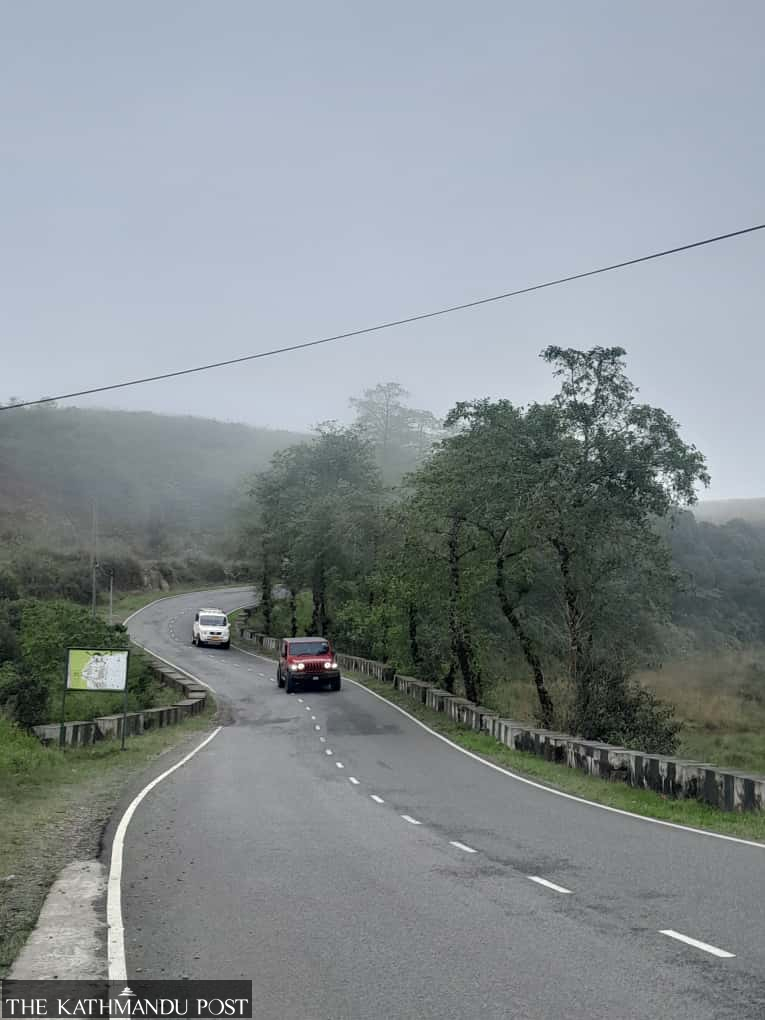
On the way, we did not see a single temple, only churches. We learned that Christianity is the predominant religion in Cherrapunji. Our driver explained that locals were encouraged to convert during the British Raj with promises of money and education.
Later in the day, we visited Kynrem and Pungkhlieng Falls. Kynrem is one of the highest waterfalls in Meghalaya and the seventh highest in India. From its base, we could see the plains of Bangladesh. We learned that while Meghalaya receives heavy rainfall, floods affect areas across the border and in Bangladesh.
Our next stop was Mawsmai Cave. Fully lit and rugged, the limestone cave revealed stunning formations. The slow drip of water shapes stalagmites and stalactites formed over thousands of years.
Prut Fall was a hidden gem. A short hike led to unreal turquoise waters, straight out of a fairy tale. Few tourists visited; the only sound was the waterfall cascading into the pool below. Nearby, men were breaking stones for their livelihood.
Dainthlen Falls was equally mesmerising. Standing on a flat rock plateau at the top, we watched water plummet intensely into the valley below. The flow was both mesmerising and intimidating, evoking awe and nervousness.
The next morning, fog and rain obscured views at Laitlum Canyon, and heavy rain at Umaim Lake forced us to stay indoors. We returned to Guwahati for the night. The next day, we explored the local markets and savoured street food. The following day, we caught our train back to Siliguri, eventually returning home to Itahari.
One frustrating aspect of the trip was the high ticket fees at most sites. A tourist from Calcutta shared our sentiment, saying tickets costing INR500 for every waterfall and cave felt excessive.
Despite the minor setbacks, the seven-day journey with my family was exactly what I needed. The waterfalls, hills, and lush landscapes of Meghalaya rejuvenated me. Nature served as an ointment for all kinds of fatigue. After this trip, I felt refreshed, healed, and grateful for simple, unspoiled beauty.




 13.12°C Kathmandu
13.12°C Kathmandu




%20(1).jpg&w=200&height=120)



